sponsored content
They say kids march to the beat of their own drum. Children’s of Alabama is making sure that old adage always rings true — even for patients who are fighting cancer and blood disorders, including sickle cell disease, and maybe can’t march as far.
Seven years ago, the Austin Hatcher Foundation for Pediatric Cancer teamed up with the Alabama Center for Childhood Cancer and Blood Disorders at Children’s to offer expressive therapies like drumming, art and rhythm cycle through the Hope and Cope Psychosocial Program for patients. The program allows children to break up the monotony of treatments and doctor visits with a little rhythm and, in some cases, some dancing. The results, as families and hospital staff have witnessed, are quite beautiful.
“I like to call it a stress-free zone where kids can create their own music and there are no wrong answers,” says Walker Wright, the foundation’s certified drumming therapist who leads the program. “It gives them the opportunity to be set free.”
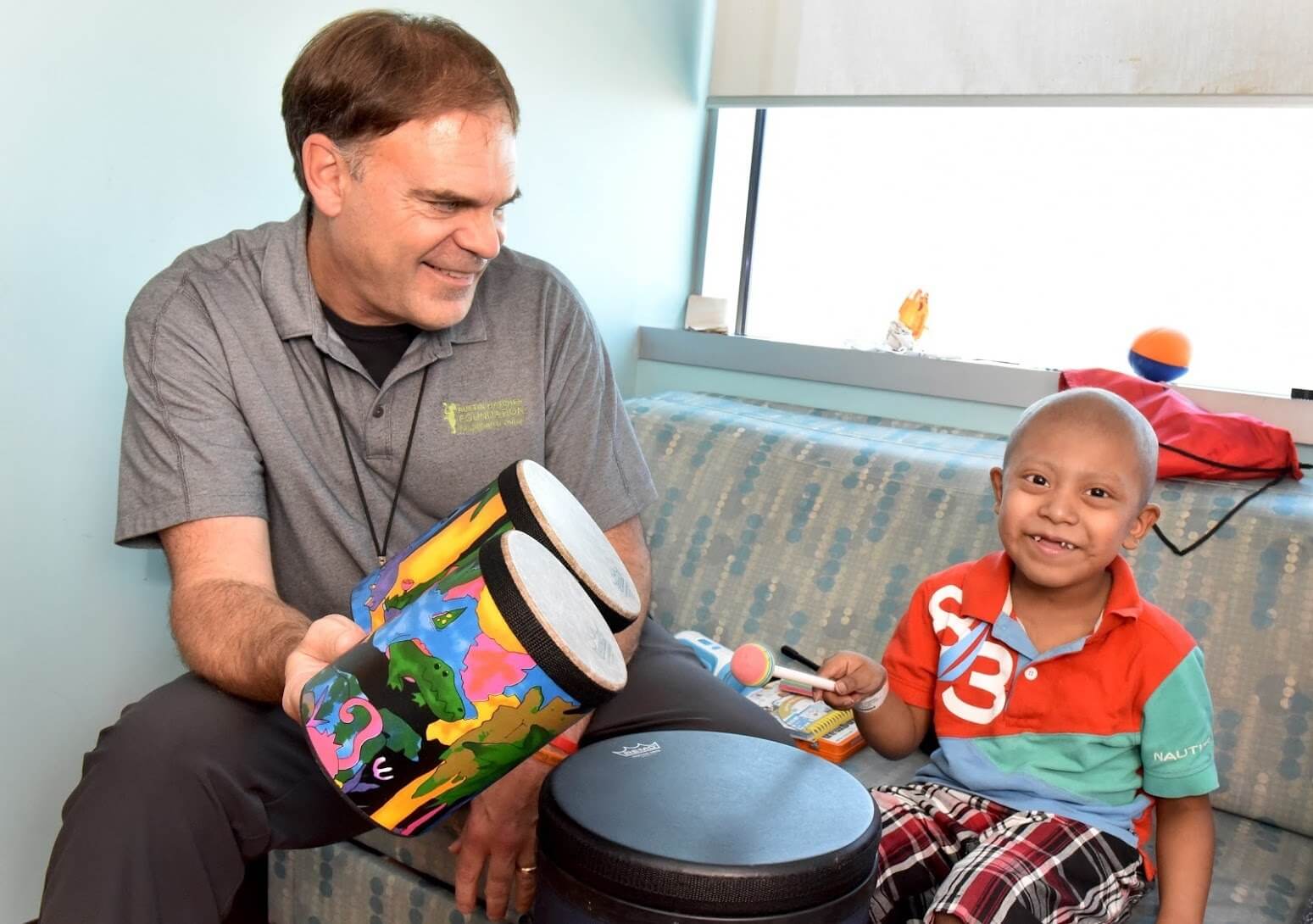
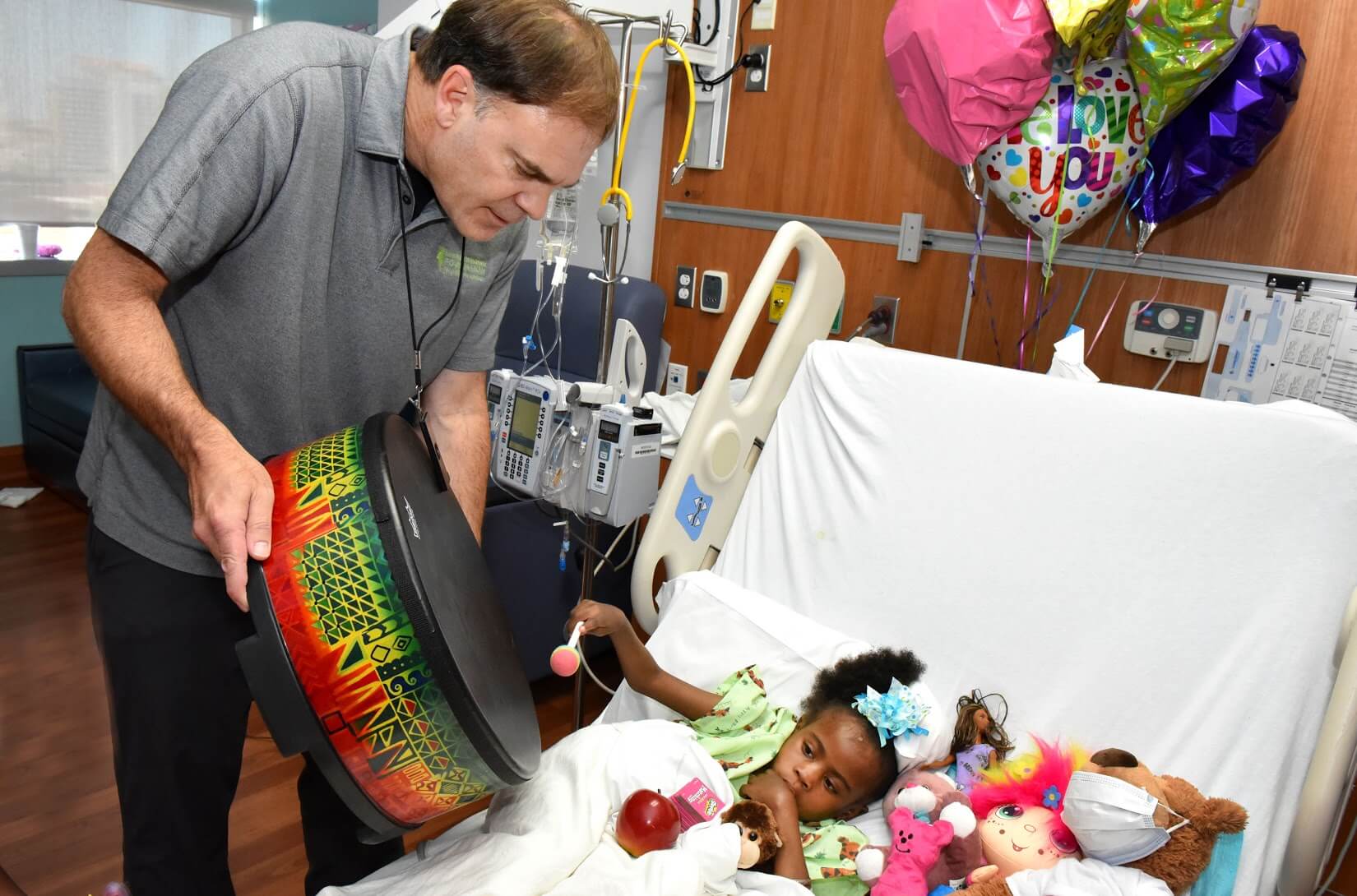
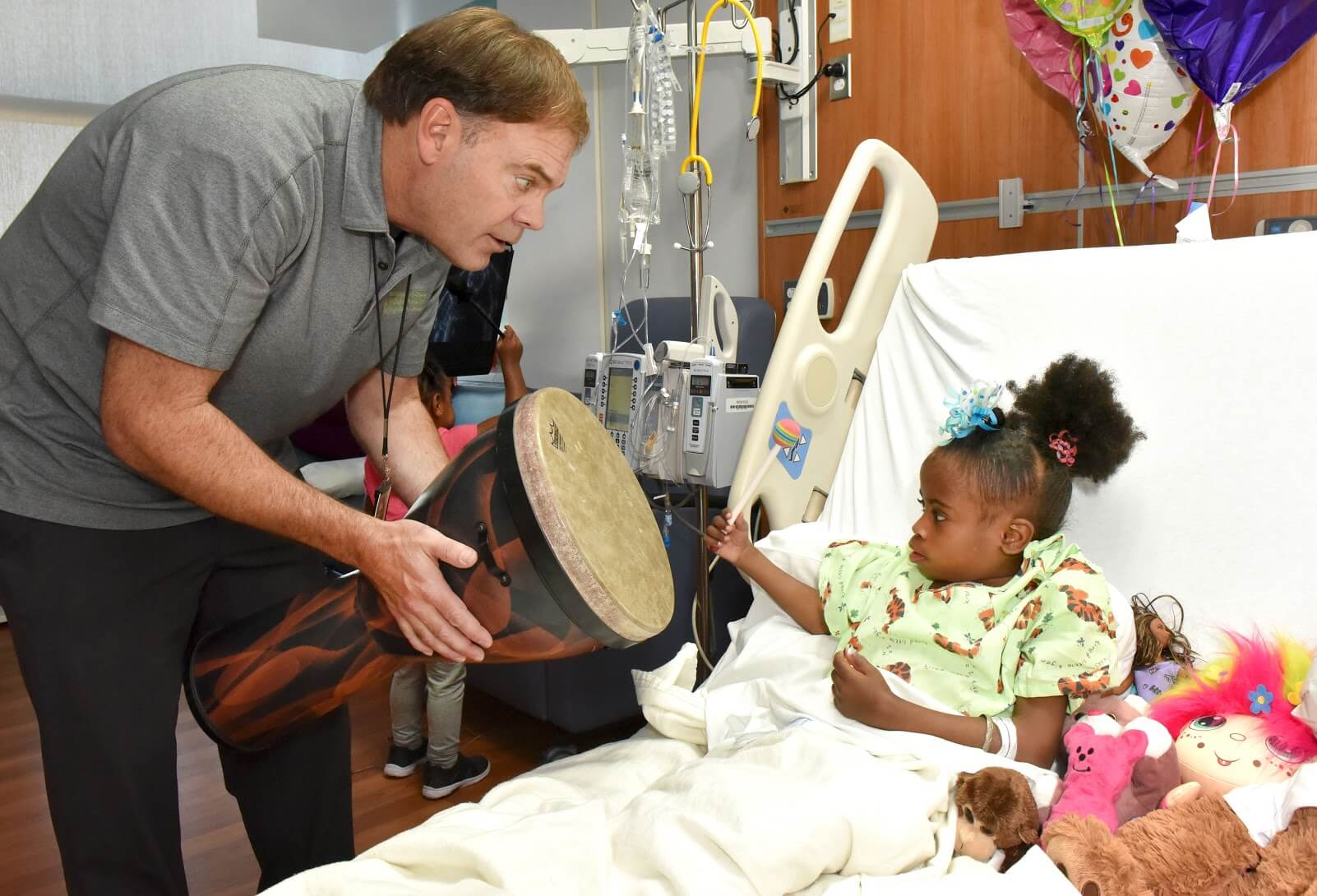
Walker, who grew up playing the drums and played the drums and percussion professionally over the years, discovered the benefits of therapeutic music by happenstance. “I was working with an orthopedic surgeon who was also caring for my orthopedic need, and he approached me with an article on recreational, therapeutic drumming for Alzheimer’s patients,” Walker says. “That kind of started my quest and my interest in using rhythmic drumming as a therapeutic tool.”
Walker first brought the practice to local seniors and from there, word about the non-traditional form of therapy began to spread. Churches, camps, support groups — a long list of people and organizations began inquiring about Walker’s talent and its use in helping people get temporary relief from their stress and pain. Soon after, Walker teamed up with the Austin Hatcher Foundation — a Chattanooga-based organization that provides services to children with cancer as well as their families — and brought the drumming practice to Children’s of Alabama.
Walker has worked with patients as young as 5 months old and up to 24 years old. Every time he meets with a child and their family, even after several years of doing the program, Walker says he is still always humbled to see such great strength in young patients — and to see the joy in their eyes when they get to create music.
“If the kids aren’t interested in verbally speaking that day — maybe they’re just not in a place where they can do that — the drum offers an interesting tool for them to be able to play out some of their feelings and emotions through healthy creativity,” Walker explains. “It can also be what I call a ‘body rhythm.’ In other words, it could be a snap of the fingers or tap of the foot or just stretching … using your body to create a beat.”
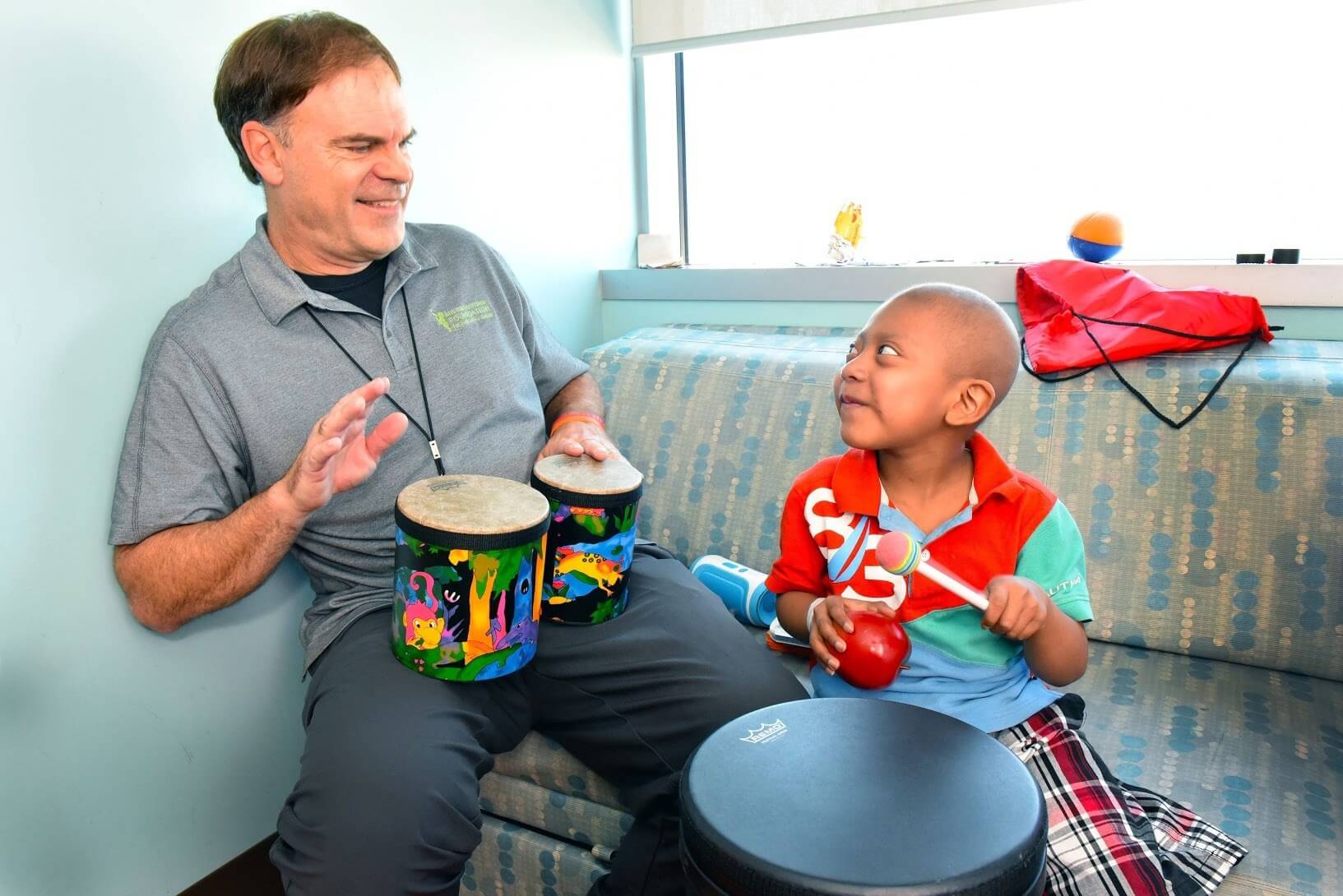

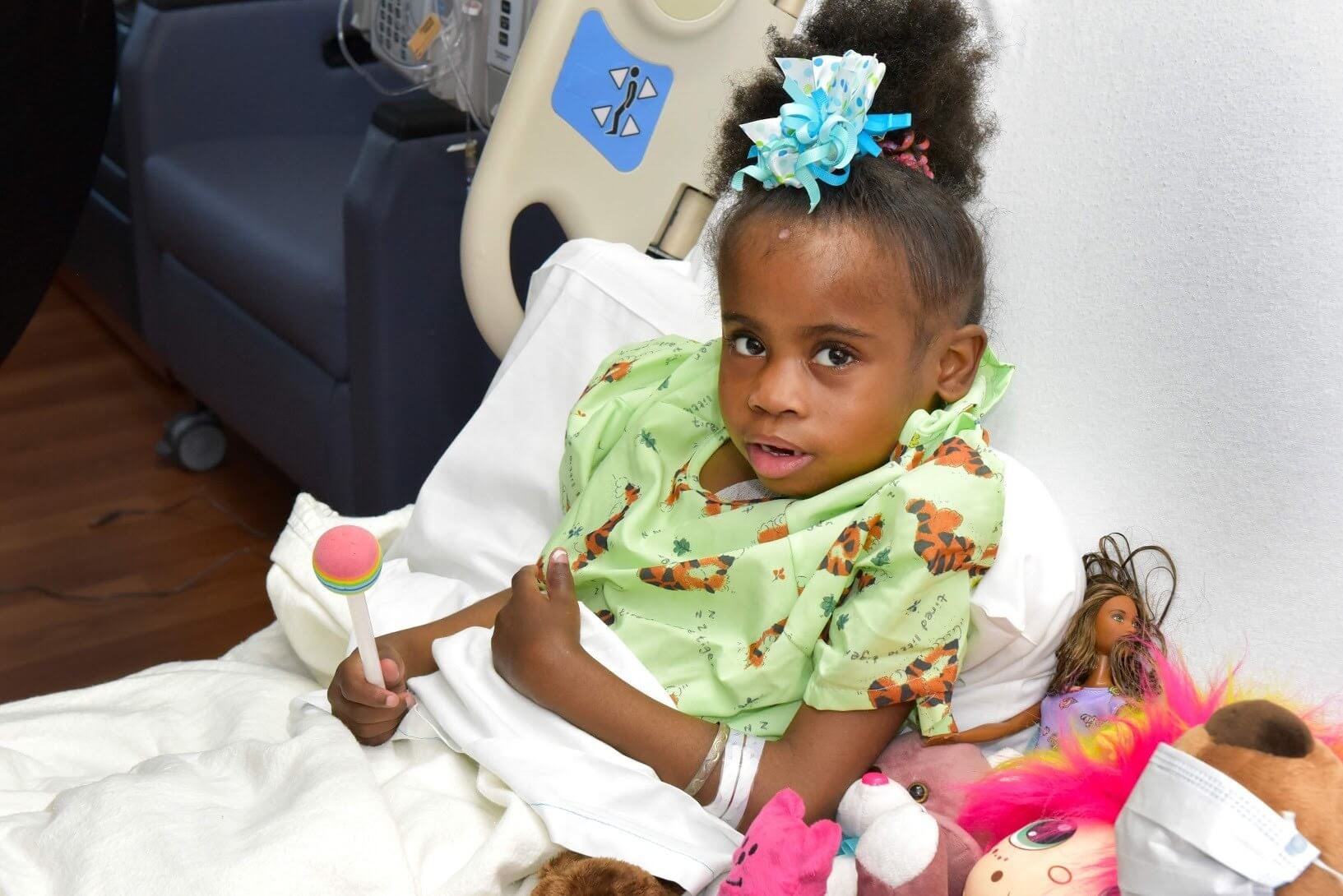
The drums Walker uses are colorful and smaller in size to fit the patients. Often times family members will join in on the music-making, and hospital staff will gather around to create a drum circle.
“I’ve seen kids lying in bed be able to tap a tambourine with their foot or hold an egg shaker and shake it,” Walker says. “I always stand astonished — just amazed that at such a young age you can see the music flow right through these kids. It’s a fascinating process.”
Sometimes, Walker says, the music doesn’t stop when the drumming session concludes.
“I hear stories of kids coming back for a checkup, and I’m amazed when their mom or dad will come in and say, ‘Hey, by the way, we ended up picking up a drum set at the music store,’” Walker shares.
Planting small seeds of hope — and just simply reminding children that there is still so much light and joy in the world — is one of the main reasons why the program began.
“I’m thankful the program is continuing to grow,” Walker adds. “I’m just grateful to be a part of something so special.”
To learn more about the therapeutic drumming circle, click here. And to learn more about the other unique offerings at Children’s of Alabama, visit them online at childrensal.org.
This article is sponsored by Children’s of Alabama. All photography by Patrick Deavours, Children’s of Alabama.


















